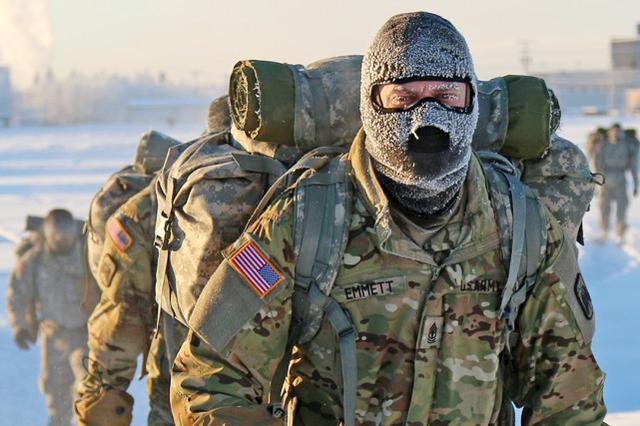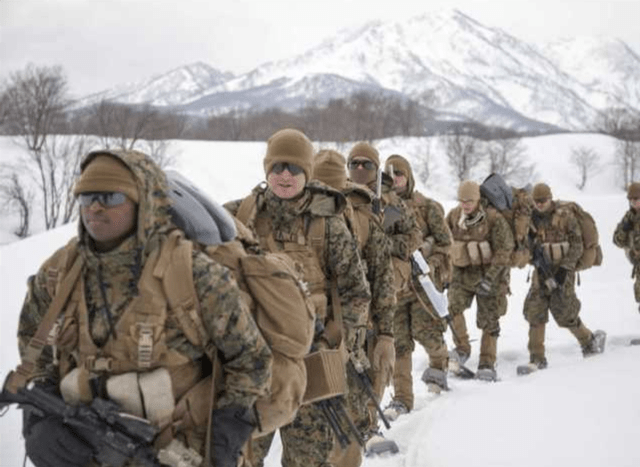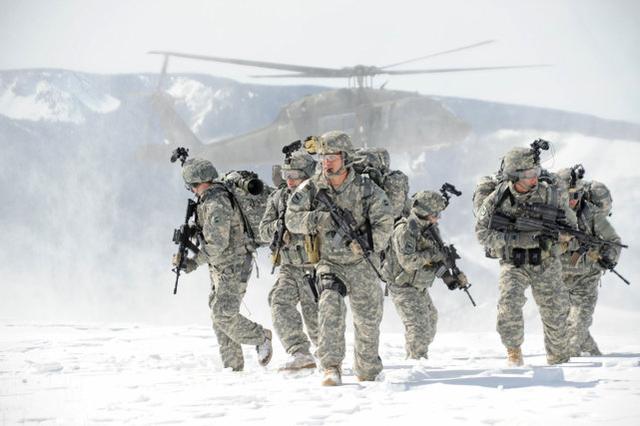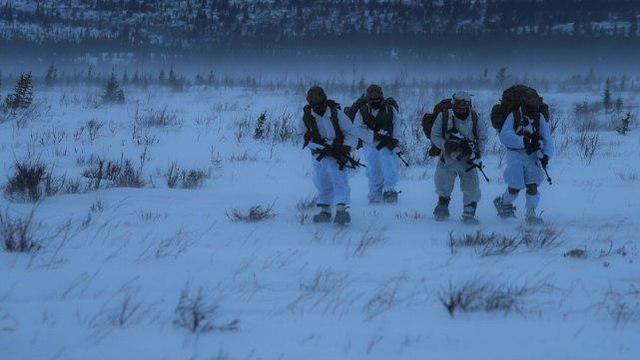According to a report on the U.S. “Army Times” website on the 15th, Major General Peter Andrysiak, the commander of the U.S. Army deployed in Alaska, stated that the U.S. Army deployed in Alaska has been working hard to adapt during the twenty-year mission.
Fighting in a cold environment, however, because of combat missions, they are often dispatched to places where the climate is completely opposite, that is, the Middle East.
On Friday, local time, Major General Andreak said: “The Army has undergone a large-scale transformation. It has shifted to a brigade-level combat team as the center to standardize equipment and organizational structure.
Therefore, the entire army’s equipment is basically very Similar, (but) we have lost the niche ability to fight in a very unique environment.”
Now this situation has changed. Major General Andreak said in a panel chaired by the Wilson Center Polar Institute that the ministry has been buying more skis, snowshoes, large tents and other equipment to train troops to survive in cold weather.
They are preparing to conduct an annual brigade-level exercise called “Arctic Warriors” in February next year. The U.S. Army Recruitment Command (USARC) is also working to find soldiers who adapt to the Arctic environment.

According to the report, Major General Andreak’s team will also analyze the army’s mountaineering training courses deployed in Alaska as they prepare to train with the Indian army in the Himalayas.
The “Yudh Abhyas” exercise jointly held with the Indian Army is held once every six months and has been regularly held at the Lewis-McChord Joint Base in Washington State for the past ten years. The focus of the exercise now is to deal with the Arctic war.
Major General Andreak said: “The focus is no longer on the desert or that type of training. The focus is on mountains and cold environments. In 2021, we will hold it in Alaska. In 2022, it should be in the Himalayas.”

He said that these changes will help the soldiers sent to Alaska to better integrate with foreign partners in Asia. The Indo-Pacific Command, the superior organization of the Army deployed in Alaska, is part of the exercise supervision.
Major General Andreak told the panel of experts: “We must redefine our relationship so that they not only have air capabilities but also (combat) capabilities in cold weather. Part of it is… India, but we are also considering the United States. Other partners of Indo-Pacific Command”.
Andrisiak said that General Christopher Cavoli, the commander of the U.S. Army in Europe, also recently asked the Alaskan Army to go out and train with European Arctic countries such as Norway.
He pointed out that Norway can provide valuable experience for the US military, such as how to operate two different sets of equipment: one for cold winters and one for summers.

Andrisiak said his office is working with the Army Recruitment Command to recruit more soldiers from Alaska, Colorado, and places with similar weather and terrain.
They hope that these recruits have become accustomed to the severe cold and the harmful effects of cold on batteries, energy consumption and the human body.
At the same time, the Alaska Army hopes to recruit more volunteers from soldiers still in training, instead of just randomly selecting soldiers to go to its northern outpost.
For those soldiers who are not used to long winters and short summers, this is a great Difficult place. Andrisiak said: “How do we consult trainees so that they are willing to raise their hands here? In contrast, who is coming here is more like a random process.”



